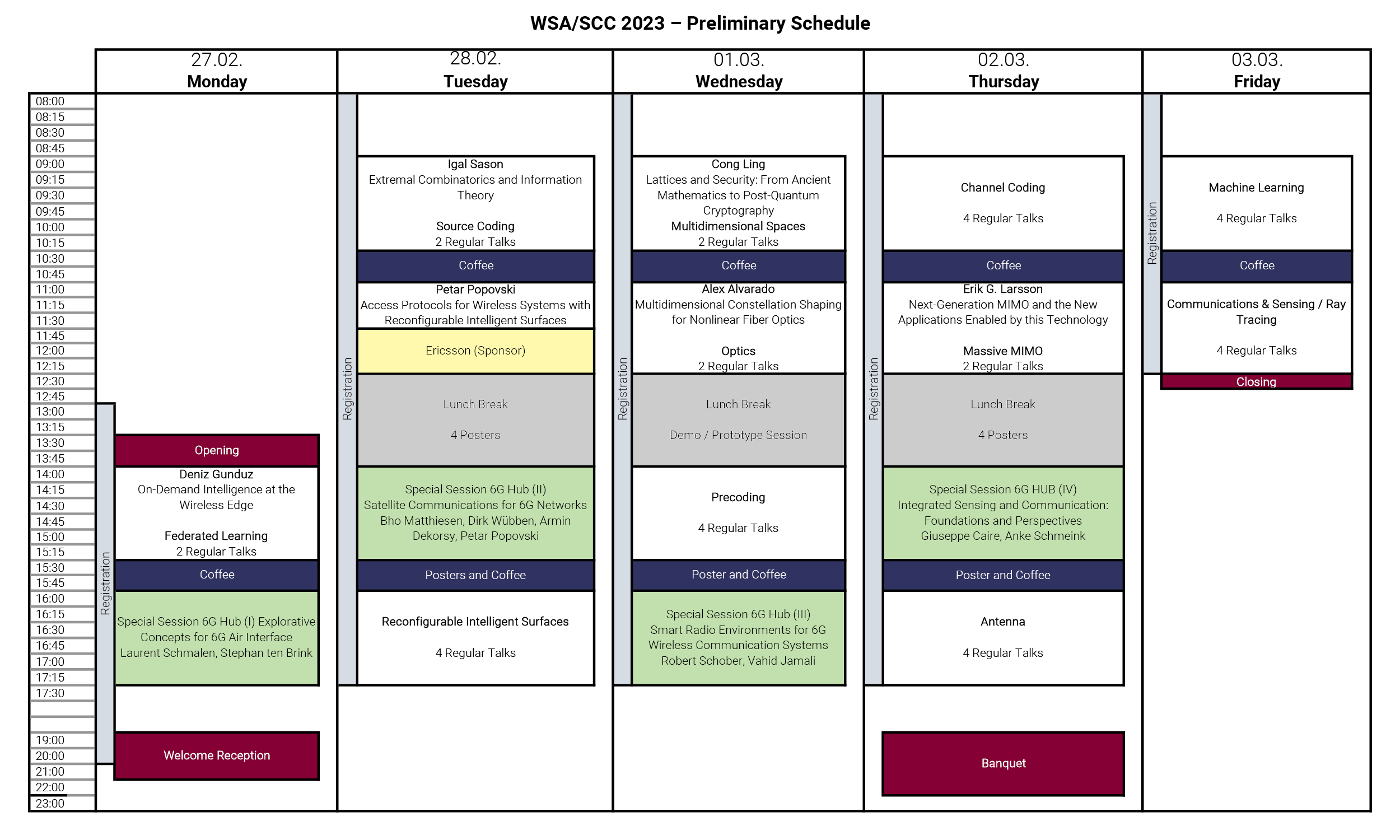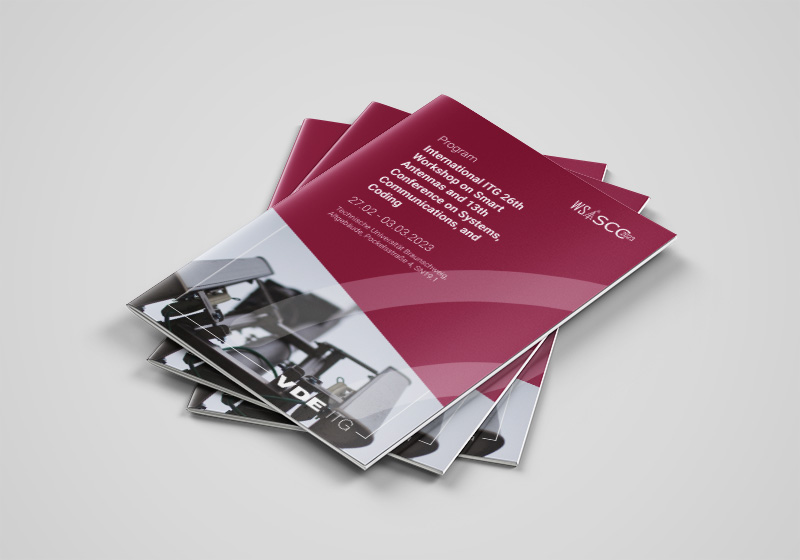Invited Keynotes
Multidimensional Constellation Shaping for Nonlinear Fiber Optics
Dr. Alex Alvarado, Eindhoven University of Technology
Geometric and probabilistic signal shaping techniques have promised to squeeze the last fraction of a dB out of nonlinear optical fiber links. This talk will focus on one technique to achieve these gains, namely, the use of multidimensional geometrically-shaped modulation formats. We will discuss formats designed using information-theoretic quantities, where the two polarizations of the light and two consecutive time-slots are used to obtain four- and eight-dimensional formats, respectively. Recent developments in this area will be discussed, paying special attention to the increased transmission rates and increased nonlinearity tolerance offered by these multidimensional formats.
On-Demand Intelligence at the Wireless Edge
Prof. Deniz Gündüz, Imperial College London
In the first part of this talk, Prof. Gündüz will focus on the emerging `semantic’ or goal-oriented communication paradigm, where communication networks are designed to extract and deliver the minimal amount of information required for the desired task. He will present a general framework for semantic and pragmatic communications with several novel examples. In the second part of the talk, he will introduce a new paradigm called “on-demand intelligence”, which aims at the timely delivery of machine learning models over time-varying wireless channels.
Next-Generation MIMO and the New Applications Enabled by this Technology
Prof. Erik G. Larsson, Linköping University
Prof. Larsson will give a retrospect of the development of massive MIMO for 5G, and where this is heading in 6G. He will then discuss some emerging applications enabled by this next-generation MIMO technology, particularly the service of energy-neutral (passive) devices relying on backscattering communication, and 6G access points as enablers for edge intelligence.
Lattices and Security: From Ancient Mathematics to Post-Quantum Cryptography
Dr. Cong Ling, Imperial College London
Number theory has been a subject of pure mathematics for a long period of time. A significant change in recent decades is that it has become an applied subject, driven by various applications to modern information technology. This talk will highlight some new applications of number theory, especially lattices and algebraic number theory, to the design of capacity-achieving codes for wireless communications and to the construction of cryptosystems with resilience against quantum attacks (aka post-quantum cryptography).
Access Protocols for Wireless Systems with Reconfigurable Intelligent Surfaces
Prof. Petar Popovski, Aalborg University
The widespread adoption of Reconfigurable Intelligent Surfaces (RISs) in future practical wireless systems is critically dependent on the availability of efficient access protocols. The design of access protocols is based on the mode of operation of the control channel, used to exchange information for real-time control of the RIS. This talk will introduce the two principal options for a RIS control channel: in-band and out-of-band. Out-of-band control channel exerts control over the propagation environment, but is not affected by this control. In-band control channel uses the same communication resources as the data communication, such that it is affected by the control exerted on the propagation environment. These two options lead to different types of access protocols, which will be discussed in the talk. Next, a grant-free random access (RA) protocol will be presented, intended for a massive number of accessing users. The proposed protocol relies on a channel oracle, which enables the users to infer the best RIS configurations that provide opportunistic access. This inference is based on a model created during a training phase with a greatly reduced set of RIS configurations, inspired by the Shannon-Nyquist sampling theorem.
Extremal Combinatorics and Information Theory
Prof. Igal Sason, Technion – Israel Institute of Technology, Haifa
Extremal combinatorics deals with the problem of determining or bounding the maximum or minimum possible cardinality of a finite set of objects which satisfies certain requirements. Many interesting problems in extremal combinatorics are motivated by fundamental questions in information theory such as the Shannon capacity of graphs and its connection to Ramsey numbers and to perfect graphs, the zero-error capacity of communication channels, and Witsenhausen’s rate for graphs. The Shannon entropy and other classical information measures also serve as powerful tools in proving various extremal combinatorial and graph-theoretic results, such as Shearer’s lemma and its applications in extremal combinatorics and graph theory, the submodularity properties of information measures and their utility in the derivation of information inequalities and bounds in extremal graph theory, entropy-based proofs of combinatorial results such as Bregman’s theorem in matrix theory, Spencer’s theorem in discrepancy theory, problems related to intersection families in extremal set theory, and bounds for locally decodable codes. The purpose of the talk is to survey some developments in extremal combinatorics from the perspective of information theory.


